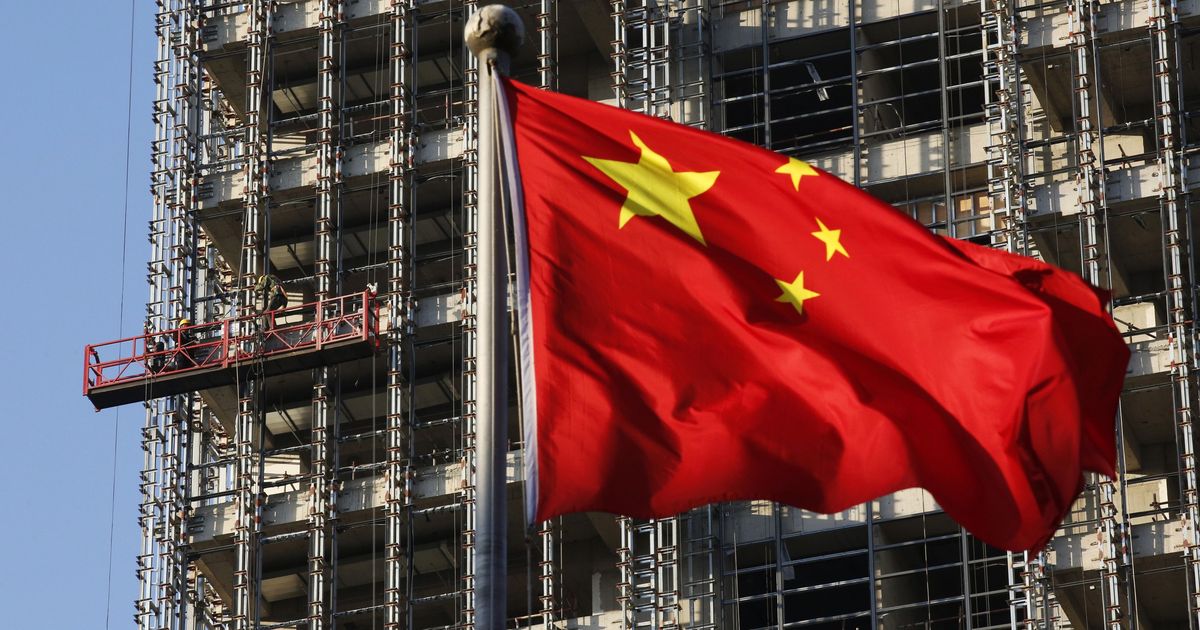After India, five more countries raise objections to China’s new map
The Chinese map shows Arunachal Pradesh, the Aksai Chin region, Taiwan and large parts of the South China Sea as part of its territory.

The Philippines, Malaysia, Indonesia, Vietnam and Taiwan on Thursday rejected the new edition of China’s “standard map”, which has already drawn strong protests from India.
China, in the 2023 edition of its map, released on Monday showed Arunachal Pradesh, the Aksai Chin region, Taiwan and large parts of the South China Sea as part of its territory. India asserts that Arunachal Pradesh and Aksai Chin are parts of its territory.
China sees Taiwan, which is a self-governed territory, as a province that is to be unified with the Chinese mainland. Taiwan, Vietnam, the Philippines, Malaysia and Brunei have disputed Beijing’s claims over parts of the South China Sea.
On Tuesday, India had said that China’s territorial claims on the map “have no basis” and that such steps by Beijing only complicate the resolution of the boundary dispute.
External Affairs Minister S Jaishankar had termed China’s assertions as absurd and said that the country has a habit of releasing such maps but such claims do not change anything. In response, China had told India to refrain from “over-interpreting” the map.
On Thursday, the Philippines called on China to “act responsibly” and abide by its obligations under international law.
“This latest attempt to legitimise China’s purported sovereignty and jurisdiction over Philippine features and maritime zones has no basis under international law, particularly the 1982 United Nations Convention on the Law of the Sea,” the country’s foreign ministry said in a statement.
Just in: Philippines rejects the new China map , calling Beijing's attempt to "legitimise sovereignty" as having "no basis"; It's the 3rd country after India, Malaysia to reject the new map. https://t.co/EWhqfJDyKw pic.twitter.com/4fBn2v0tAa
— Sidhant Sibal (@sidhant) August 31, 2023
Malaysia said that it does not recognise Beijing’s claims in the South China Sea and that the new map holds no binding authority over Kuala Lumpur, according to Reuters. The country said that it sees the South China Sea as a complex and sensitive matter.
Malaysian Foreign Minister Zambry Abdul Kadir said that they will send a protest note to China over the map, reported PTI.
Indonesia’s Foreign Minister Retno Marsudi asserted that China’s map must be in accordance with the UN Convention on the Law of the Sea, 1982, which established a legal framework for all marine and maritime activities.
“Indonesia’s position is not a new position, but a position that has always been conveyed consistently,” Marsudi said, according to Channel News Asia.
Vietnam said China’s new map violates both the Vietnamese as well as international laws and added that the territorial claims by Beijing are invalid.
“Vietnam resolutely opposes all China’s claims in the South China Sea based on the dotted line,” a spokesperson for Vietnam’s foreign affairs ministry said, according to Bloomberg.
Taiwan also strongly rebuked the map, saying that it is “absolutely not a part” of the People’s Republic of China.
“No matter how the Chinese government twists its position on Taiwan’s sovereignty, it cannot change the objective fact of our country’s existence,” Foreign Ministry spokesperson Jeff Liu said, according to Reuters.
As objections mounted, China on Friday said that countries should see its new edition of the map in an “objective and rational” way.
“China’s position on the South China Sea is consistent and clear,” Foreign Ministry spokesperson Wang Wenbin said. “The competent authorities of China routinely publish standard maps of various types every year, which aims to make standard maps available to all sectors of society and raise public awareness of the standardized use of maps.”









